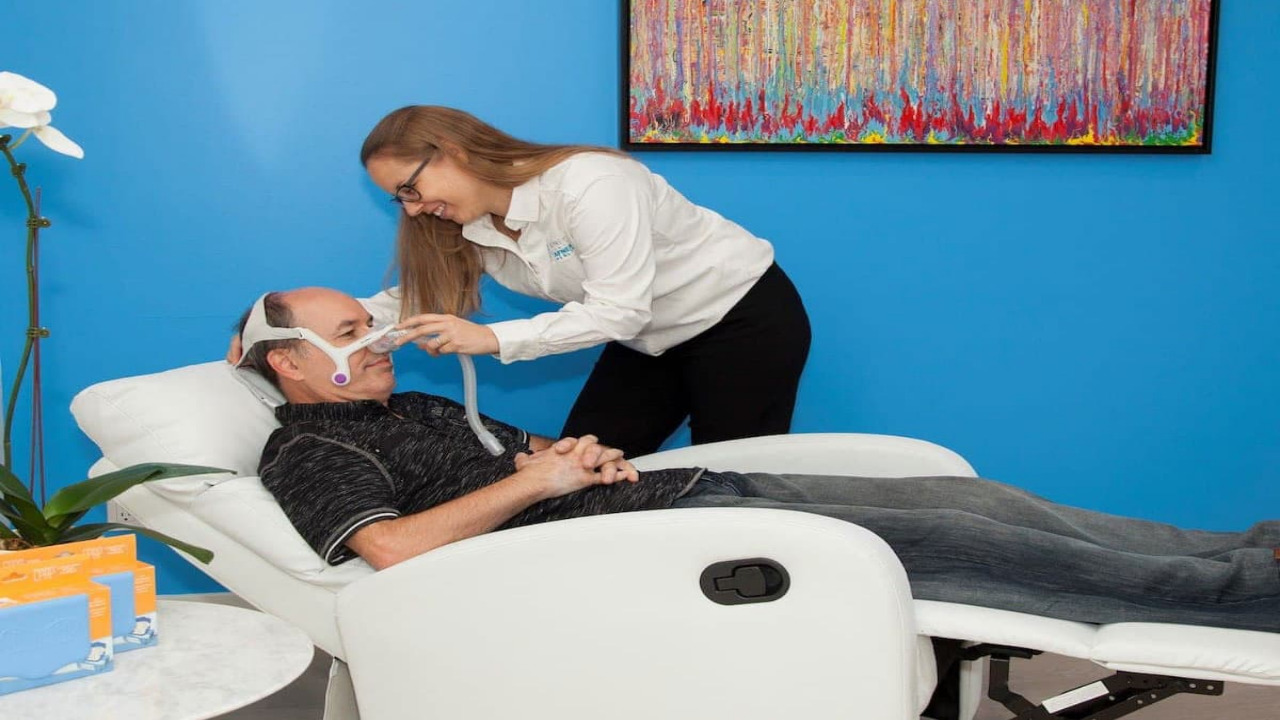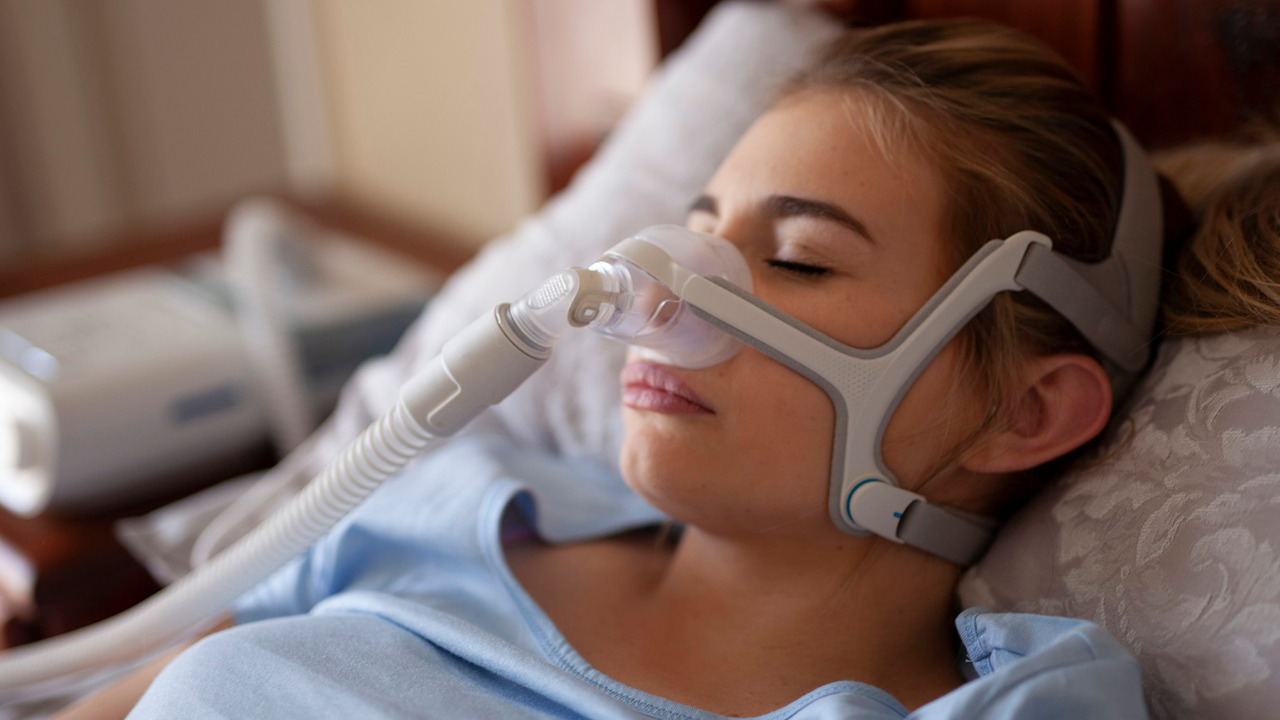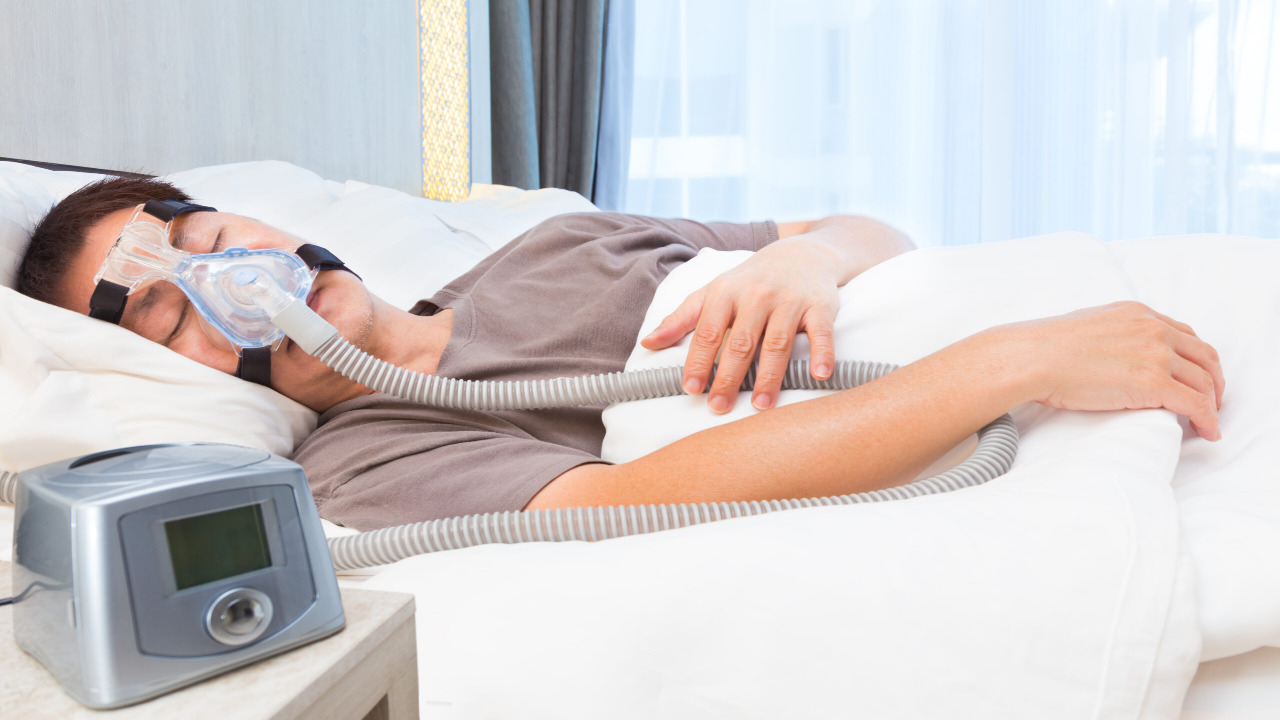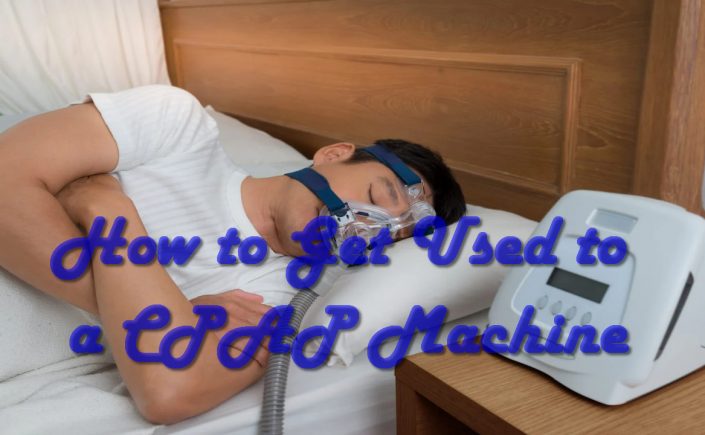The CPAP machine is a device that helps people with Sleep Apnea by keeping the airway open during sleep. To get used to the CPAP machine, you should start with a single night of use for four hours.
After that, you can start sleeping with the machine on for one more night and gradually increase the time until you’re able to sleep through the night. You can buy ResMed airsense 11 today and save $550 or opt for any other reputable device. It’s important that you follow your sleep study prescription and don’t use any other masks or devices while using your CPAP machine. Below are some steps to get used to the CPAP machine.
Gradually introduce the sleep aid you’ll be using

It’s essential to make your therapy a regular part of your routine to contribute to your health. The Continuous Positive Airway Pressure (CPAP) machine is now the most effective therapy option for your condition, but only if you actually use it.
Get used to your mask and develop a sense of confidence while you wear it. If you’re having trouble falling asleep, you might want to try utilizing your sleep therapy equipment while you’re awake. Wearing the mask while doing passive activities like reading or watching television is a beautiful place to start.
Ensure that your CPAP mask fits well and is comfortable to wear

Incorrect mask fit is the leading cause of therapeutic failure. You might have trouble falling asleep if your mask doesn’t fit properly.
Your CPAP machine and mask will already be adjusted to your specific needs for treating sleep apnea by Buffalo CPAP.
You can make adjustments to your mask over the day to get a better seal and more comfort. As a first step, try wearing your mask while standing or sitting in front of a mirror so that you can adjust it for optimal comfort. After making any necessary adjustments, plug in the CPAP machine, lay down and put on your mask. Checking the seal and comfort while sleeping down is crucial because your face’s contour changes when you’re lying down. The mask’s seal and comfort can be evaluated using the ‘Mask Testing’ option on several CPAP machines. If not, use a CPAP pressure of 10cmH2O to ensure a good seal and a pleasant sleeping experience.
Resistance to artificial ventilation

A machine with a ramp function could help you overcome this obstacle. This option lets you begin with low initial air pressure. After you’ve settled in for the night, the machine will gradually raise the air pressure to the level you selected. Your healthcare provider can change the dosage to suit your needs.
If this doesn’t work, you and your doctor should consider upgrading to a device that makes small but constant pressure adjustments as you sleep. A BiPAP machine is an example of a device that applies more pressure during inspiration (inhalation) and less pressure during expiration (exhalation) (exhale).
A runny, dry nose
Make sure the mask fits snugly. A dry nose is one side effect of a leaking mask. The mask does not fit properly if you have to adjust the straps to avoid air leaking constantly.
A heated humidifier attached to a continuous positive airway pressure (CPAP) machine can be helpful. The humidification level is variable. Nasal saline sprays can help relieve dry, congested nasal passages when used before night.
Feeling claustrophobic
You should become used to wearing the mask while awake. Start by putting it directly before your face, without the rest. After that, you can try putting on the mask with the straps.
Don’t use the straps instead; just hold the mask to your face with the hose attached. Start the CPAP machine, possibly with the ramp setting activated. Use the straps next and repeat the process. You can end this ordeal by attempting to sleep while wearing the mask and machine.
Anxiety about using a CPAP machine can be alleviated with the aid of relaxation techniques like progressive muscle relaxation.
Talk to your doctor or CPAP provider if you’re still experiencing claustrophobia. Changing to a more oversized mask or trying a different design, such as one with nasal pillows, could help.
Conclusion
While getting acclimated to a CPAP machine may be a source of frustration, you must persist in using it. Treatment for obstructive sleep apnea is necessary to prevent the disease’s cardiac and other serious side effects.
Get fitted for a mask and find a CPAP that works for you with the help of your doctor. Going to see your sleep doctor regularly is essential, as they will be able to help you troubleshoot and make any necessary adjustments. Getting acclimated to the mask and figuring out what settings work best can take some time.
It takes time and perseverance, but CPAP can have a beneficial effect on your health and well-being.
